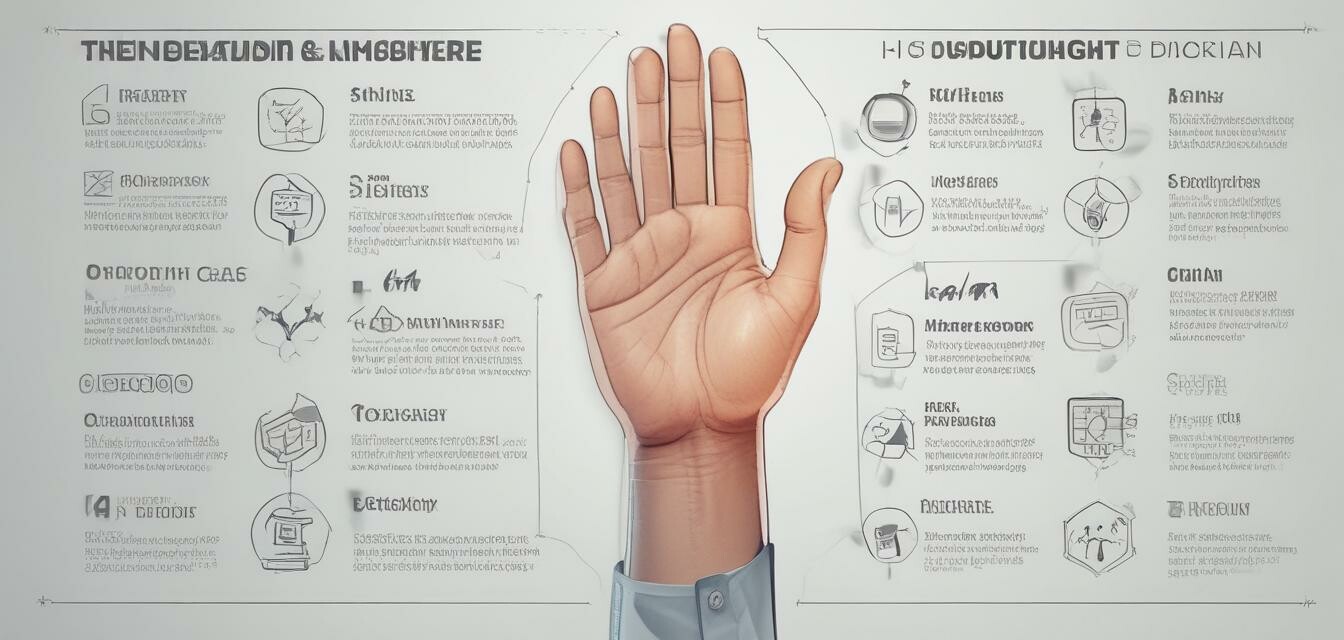
The Importance of Transparency in Fundraising
Key Takeaways
- Transparency fosters trust between organizations and supporters.
- Clear communication about how funds are used encourages donor engagement.
- Fundraising campaigns with transparent practices often see higher donation rates.
- Adopting transparency tools can simplify reporting and accountability.
- Community support is enhanced when donors understand the impact of their contributions.
In today's fundraising landscape, transparency is more important than ever. As organizations strive to build trust and foster long-term relationships with their donors, clarity in communication and accountability for funds raised have become essential components of successful campaigns. This article explores why transparency is crucial in fundraising, how it can benefit your campaigns, and practical steps you can take to improve your transparency practices.
Why Is Transparency Important in Fundraising?
Transparency in fundraising creates a culture of trust. Donors want to believe that their contributions will be used effectively and ethically. When organizations openly share information about where funds go and how projects are implemented, it builds a connection between donors and the cause they support.
- Trust: Clear information promotes trust, significantly impacting donor retention.
- Accountability: Stakeholders expect organizations to be accountable for their actions.
- Engagement: Transparent organizations often have more engaged supporters willing to advocate for the cause.
Building Trust with Donors
Trust is the foundation of any successful fundraising effort. When donors feel confident that their contributions are making a difference, they are more likely to donate again. In fact, studies show that organizations that adopt transparent practices see an increase in repeat donations.
How to Enhance Transparency in Your Fundraising Campaigns
Improving transparency doesn't have to be a daunting task. Below are practical steps you can implement to increase transparency and trust with your donors:
- **Detailed Financial Reporting:** Share clear financial reports that outline income and expenditures.
- **Purposeful Communication:** Clearly define how donations will be used to support specific projects or needs.
- **Regular Updates:** Send out newsletters or updates about the impacts of donations and upcoming initiatives.
- **Use of Technology:** Leverage online platforms and tools for real-time tracking of donations and fund usage.
Innovative Strategies to Promote Transparency
Leveraging modern technology can further enhance your fundraising transparency:
| Strategy | Description |
|---|---|
| Online Dashboards | Create public dashboards that show real-time fundraising progress and expenditure breakdowns. |
| Video Updates | Use video messages to update donors about campaign progress and success stories. |
| Community Feedback | Encourage feedback from the community on how funds should be allocated. |
Impact of Transparency on Donation Rates
Transparent fundraising efforts yield tangible benefits in terms of increased donations. According to recent surveys, donors tend to favor organizations that are candid and straightforward in their financial communication. Not only do they feel more secure in their contributions, but they are also likely to recommend such organizations to others.
To further explore effective donation strategies, check out our Fundraising Buying Guides.
Real-Life Examples of Transparency in Fundraising
Several successful fundraising campaigns have embraced transparency to build trust and boost donations. Here are a few noteworthy examples:
- Annual Reports: Many nonprofits publish annual impact reports detailing financial performance and project successes.
- Donor Recognition: Recognizing and valuing donor contributions publicly fosters a sense of accomplishment and trust.
- Storytelling: Sharing stories of beneficiaries directly connected to the funds raised enhances emotional engagement.
Pros
- Builds trust and credibility with supporters.
- Increases donor retention rates.
- Enhances community engagement and support.
Cons
- Requires additional resources for reporting and transparency measures.
- Potential for negative feedback if expectations are not met.
The Future of Transparency in Fundraising
As society progresses, the demand for transparency in fundraising will likely escalate. Organizations that prioritize openness and integrity will stand out, gaining more significant community support and trust. Stakeholders increasingly expect to understand how their donations make a difference, propelling the need for tools that promote transparency.
Conclusion
In conclusion, the importance of transparency in fundraising cannot be overstated. It is not merely about compliance; it's about building relationships based on trust and accountability. Organizations that adopt transparent practices can expect enhanced donor loyalty, increased donations, and a positive impact on their community initiatives. As you plan your next fundraising campaign, remember that transparency can be a powerful tool in fostering a loyal and engaged donor base.
For more insights on fundraising trends, visit our Fundraising News and Trends section.
